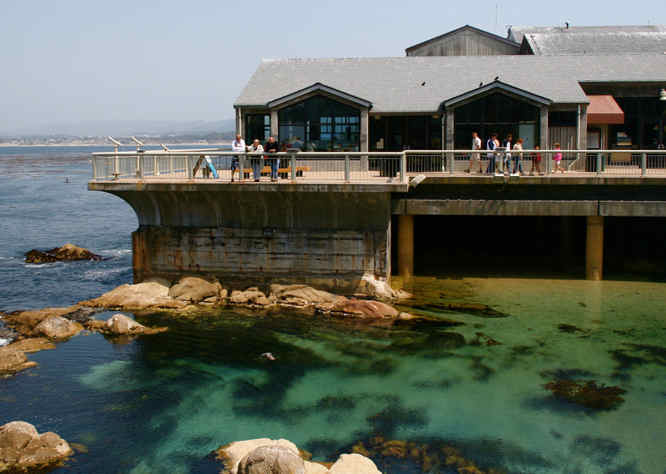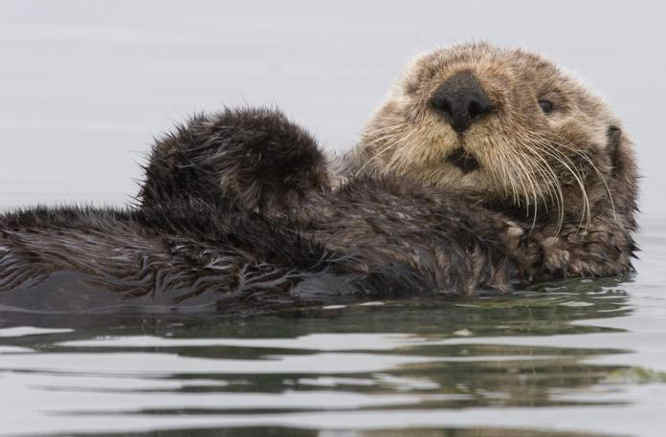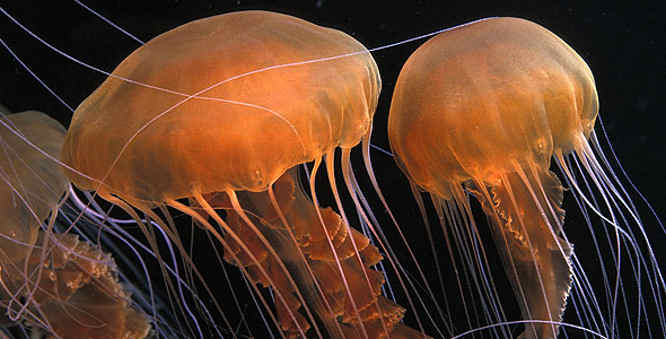Monterey Bay Aquarium
I normally do not like aquariums but this place is in a different league to all the others I have been to. As well as all the kept animals it has viewing platforms where you can see wild sea otters swimming and feeding around the nearby kelp forests. They are adorable as they float on their backs and use their chests as a dining table as they munch through their way through the crab they just caught. It is expensive to get in but worth every cent. There is a lot for kids to do like the touch pool. A stingray petting area is included.

The Aquarium is huge. You can even watch fish feedings as a diver enters the tank with handouts. If you want to watch the sea otter feeding, press your nose against the glass early as a crowd develops long before the lunch bell rings. I would allow 3hours for the visit. There are many interactive exhibits and great views of the Monterey Bay area. It is conveniently close to many other Cannery Row attractions. Try to visit during the week rather than the weekend when it is less crowded.
Cannery Row was the local name for Monterey Bay because of all the huge fish canning companies on the shore. The bay is 25 miles wide, and the aquarium is on the southern shore. In 1900's Fisherman would catch huge schools of sardines in and around the bay. In 1945, Monterey Bay had become one of the biggest fishing ports in America. After World War Two disaster struck. After 60 years of heavy fishing the sardines stocks collapsed. There was nothing left to catch and put in the cans

The canneries started closing. In 1977, four biologists at Stanford University's Hopkins Marine Station wanted to have an aquarium built just for Monterey Bay. Seven years later money was donated, and the nonprofit Monterey Bay Aquarium Foundation was created to get the aquarium built. They used an old sardine cannery, and redesigned it into an aquarium. The scientists discovered that the sea kelp forest off the Monterey Bay was both large and deep. In fact, the kelp forest depth rivals the redwood trees in height, and so within that submariner arboreal habitat there is quite a wide variety of sea life. The area is unique and needs protecting.

The Jellyfish exhibits was the one item that took my breath away. They are displayed in floor to ceiling tanks that are back light in different attractive colours. The sea otters being fed is an event not to be missed. Get there early. The Aquarium has a large variety of sea life in large tanks outside. The large indoor exhibits make you feel like you are descending beneath the water in Manterey bay. The Star Trek IV Movie was filmed at the Monterey Bay Aquarium where it became the 'Sausalito Cetaccan Institute'.
Travel books



